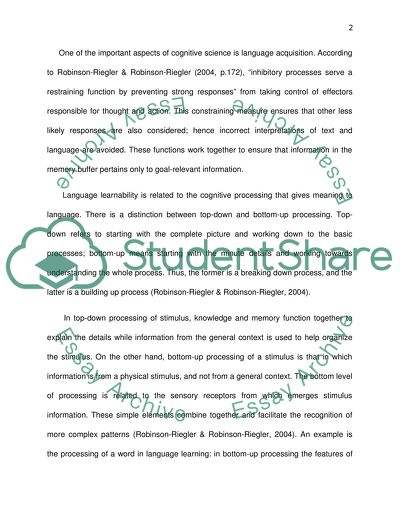Cite this document
(“Analyse and evaluate the view that language affects cognition Essay”, n.d.)
Analyse and evaluate the view that language affects cognition Essay. Retrieved from https://studentshare.org/miscellaneous/1574394-analyse-and-evaluate-the-view-that-language-affects-cognition
Analyse and evaluate the view that language affects cognition Essay. Retrieved from https://studentshare.org/miscellaneous/1574394-analyse-and-evaluate-the-view-that-language-affects-cognition
(Analyse and Evaluate the View That Language Affects Cognition Essay)
Analyse and Evaluate the View That Language Affects Cognition Essay. https://studentshare.org/miscellaneous/1574394-analyse-and-evaluate-the-view-that-language-affects-cognition.
Analyse and Evaluate the View That Language Affects Cognition Essay. https://studentshare.org/miscellaneous/1574394-analyse-and-evaluate-the-view-that-language-affects-cognition.
“Analyse and Evaluate the View That Language Affects Cognition Essay”, n.d. https://studentshare.org/miscellaneous/1574394-analyse-and-evaluate-the-view-that-language-affects-cognition.


